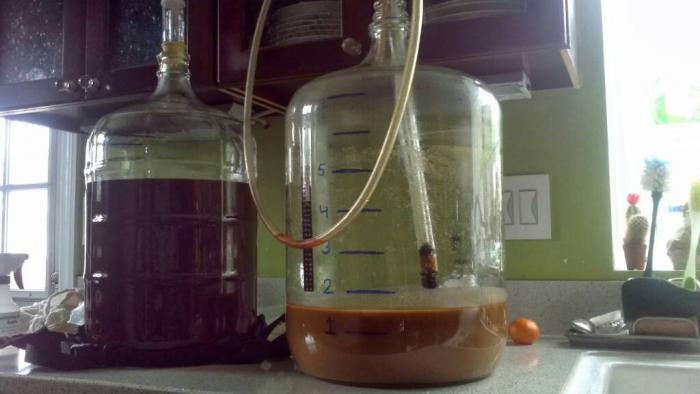I made an Amber Ale recipe from a kit as a base and modified it for an experiment. I added 2 pounds of toasted oats as specialty grains and both lactose and maltodextrine to thicken it up a bit. Anyhow, today I transfered to secondary and there was a lot of gunk left behind. I usually see about an inch or two at the bottom at the end of primary but this time there just over a gallon of it (see attached picture).
The beer is going into secondary for a couple of weeks but it tastes surprisingly good. So is the stuff at the bottom mostly yeast or did I lose the lactose or maltodextrine? Maybe the oats added to it?
Sent from my Nexus 7 using Home Brew mobile app

The beer is going into secondary for a couple of weeks but it tastes surprisingly good. So is the stuff at the bottom mostly yeast or did I lose the lactose or maltodextrine? Maybe the oats added to it?
Sent from my Nexus 7 using Home Brew mobile app


















































![Craft A Brew - Safale BE-256 Yeast - Fermentis - Belgian Ale Dry Yeast - For Belgian & Strong Ales - Ingredients for Home Brewing - Beer Making Supplies - [3 Pack]](https://m.media-amazon.com/images/I/51bcKEwQmWL._SL500_.jpg)







